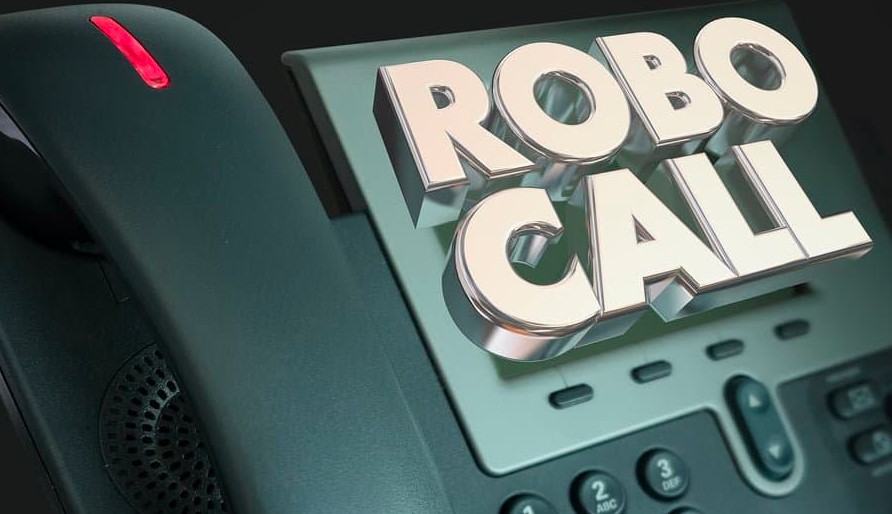In digital age receiving unsolicited robocalls has become an all too familiar nuisance. The social research robocall has piqued curiosity and sparked frustration in equal measure. This enigmatic series of digits has prompted numerous individuals to delve deeper into its origins and purpose. Moreover a journey to unravel the mysteries surrounding the 602-892-1016 robocall, employing analytical lenses and empirical insights to shed light on its underlying motivations.
Unveiling the Phenomenon
The 602-892-1016 robocall phenomenon has emerged as a perplexing puzzle in the realm of telecommunications. Reports abound of individuals across diverse demographics receiving calls from this number, often at inconvenient times and without prior solicitation. The frequency and ubiquity of these calls have raised questions about their nature and intent, fueling speculation and conjecture among recipients.
Understanding the Motivations
To comprehend the motivations behind the 602-892-1016 robocall, a multifaceted approach is required. Social research suggests that such calls may serve various purposes, ranging from data collection to marketing endeavors. The anonymity afforded by automated calling systems enables entities to gather information or disseminate messages on a mass scale, albeit with varying degrees of transparency.
Exploring Recipient Responses
Recipient responses to the 602-892-1016 robocall have been diverse, reflecting a spectrum of emotions and attitudes. While some individuals express annoyance and frustration at the intrusion into their privacy, others exhibit curiosity or even cooperation, albeit with reservations. This variance in reactions underscores the complex interplay between technology, communication, and societal norms in the digital age.
Navigating Legal and Ethical Dimensions
The legality and ethics surrounding the 602-892-1016 robocall raise pertinent questions about consumer rights and corporate responsibilities. Regulations governing telecommunications seek to strike a balance between facilitating legitimate communication and protecting individuals from harassment or exploitation. However, the evolving landscape of technology often outpaces legislative frameworks, necessitating ongoing scrutiny and adaptation.
Future Implications of 602-892-1016
As advancements in technology continue to reshape the communication landscape, the future implications of the 602-892-1016 robocall remain uncertain. Will regulatory measures curb its proliferation, or will it evolve into more sophisticated forms? The intersection of artificial intelligence, big data, and consumer behavior portends both opportunities and challenges in the realm of telecommunications.
Conclusion
The 602-892-1016 social research robocall serves as a microcosm of broader trends in communication and technology. Its emergence underscores the need for vigilance, adaptability, and ethical reflection in navigating the complexities of our interconnected world. However by interrogating its motivations, exploring recipient responses, and navigating legal and ethical dimensions, we inch closer to unraveling the enigma of this ubiquitous yet elusive phenomenon. As we peer into the future, armed with insights gleaned from the present, we remain poised to confront the challenges and seize the opportunities that lie ahead.

